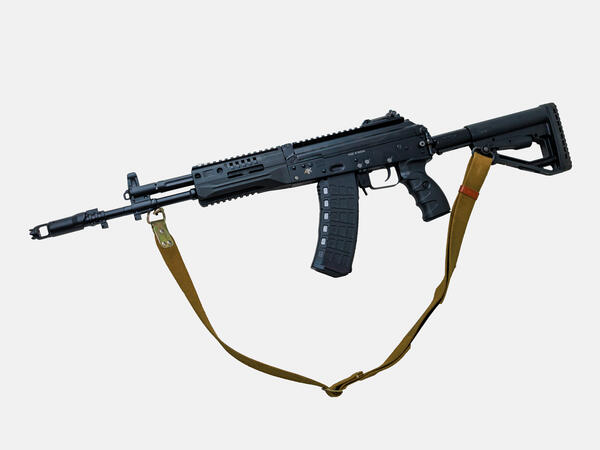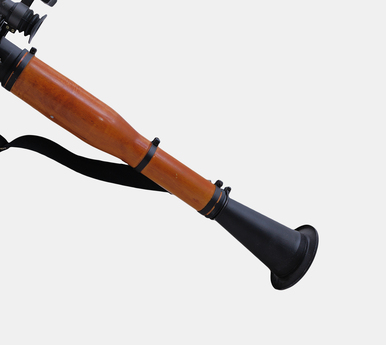The AK-12 assault rifle was developed by the chief designer of the Kalashnikov Concern Sergey Urzhumtsev, the leading designer Dmitry Dolganov, and the designers Alexander Rekukhin and Kirill Sibiryakov. The developers had several tasks: to improve the ergonomic features, to ensure better shot grouping (a measure of accuracy and precision; an ability of the weapon to tightly group the shots fired at one target) and to make the weapon more versatile.
The designers of the AK-12 chose the path of modernization, rather than creating a completely new weapon. This was necessary in order to preserve the qualities of Kalashnikov assault rifles that have gained world-wide recognition: reliability, ease of use and maintenance, high versatility and a fairly low price.
The predecessor of the AK-12, the AK-74 assault rifle, was developed in the 1970s and chambered in 5.45 mm. This cartridge also appeared at that time. The Russian army inherited a huge amount of ammunition of this type from the Soviet Union. Therefore, it was decided to produce a new generation of Kalashnikov assault rifles specifically for the 5.45 mm caliber.
The Izhmash gunsmiths (the Kalashnikov Concern was known until 2013 as the Izhevsk Machine-Building Plant) began developing the rifle in 2011 for a competition launched by the Russian Ministry of Defense: it was looking for the main weapon for the Ratnik equipment kit (infantry combat system). That same year, the first prototype was developed, and in 2012 the rifle was presented to the public for the first time. From then, the AK-12 underwent many changes and improvements. In 2017, it passed all the necessary tests and was recommended to be accepted into service.
The AK-12 has a muzzle brake, which minimizes muzzle flip and reduces recoil.
Thanks to the design of the muzzle, it is possible to add a sound suppressor. In addition, a toothed “crown-shaped” glass breaker is fitted on the muzzle, with which the fighter can also break wire fencing.
The fore-end of the rifle is free floated, so it does not touch the barrel and protects it from external loads.
The receiver cover has rigid fasteners in the front and rear parts, which ensures a consistent mean point of impact.
An ambidextrous four-position safety/fire selector switch permits three fire modes: single, 2-shot bursts and full auto.
Shooters with different body proportions would feel comfortable shooting this rifle.
There are two Picatinny rails on the fore-end and a
lining on the exhaust pipe. These rails make it possible to mount additional
equipment: sights, lights, and pointers.



